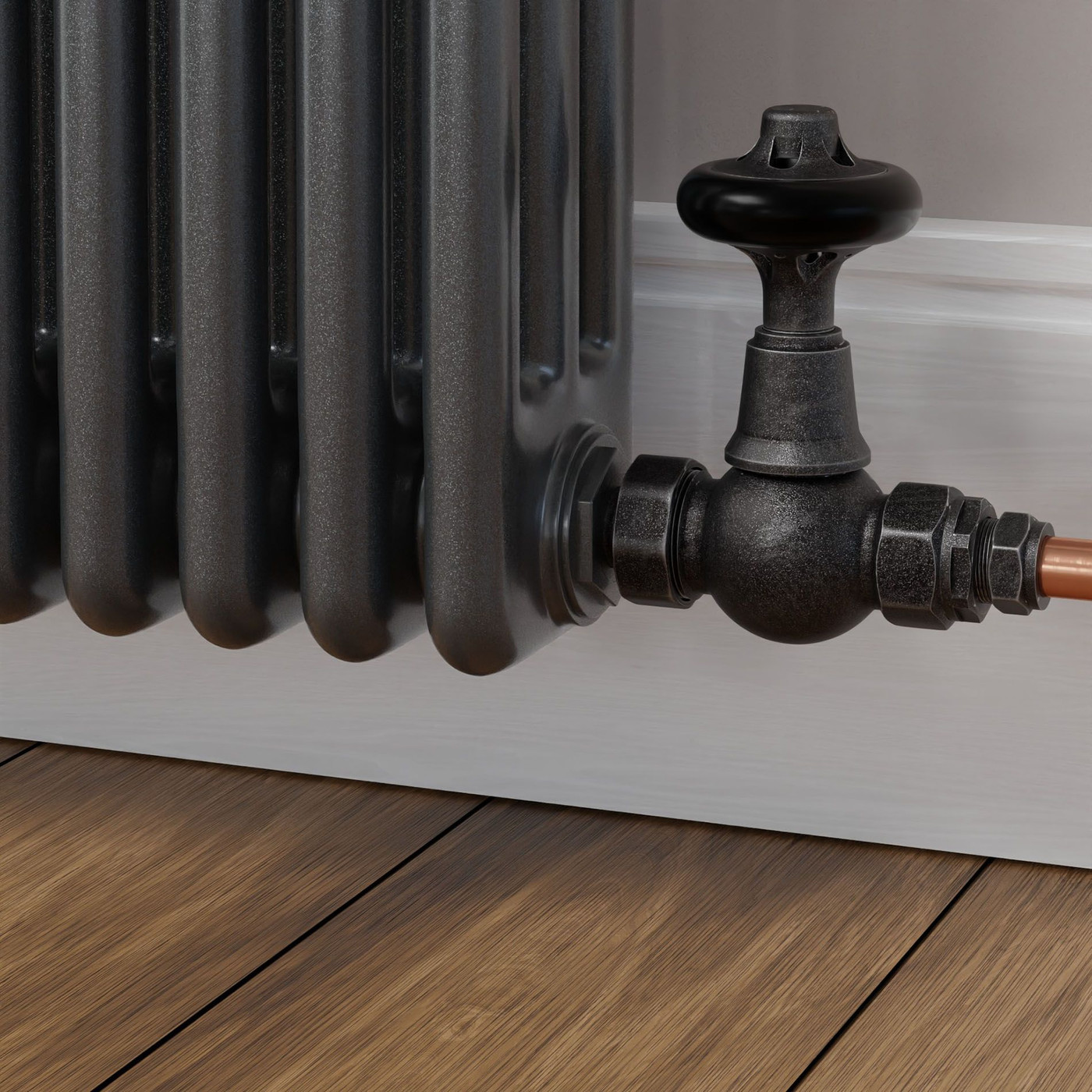Radiators are an essential part of home heating systems, ensuring a warm and comfortable indoor environment. However, when installing or upgrading a radiator, certain components, like extension radiator tails, play a crucial role in achieving a seamless and efficient connection. Understanding these components helps in making informed decisions for better heating efficiency and aesthetics.
What Are Extension Radiator Tails?
Extension radiator tails are small yet important components used to bridge the gap between a radiator and the existing pipework. These tails come in various sizes and materials, ensuring flexibility in radiator installations. They are particularly useful when replacing old radiators with new ones that may not align perfectly with the current pipe setup.
Benefits of Using Extension Radiator Tails
- Easy Installation: Helps in adjusting radiator connections without the need for extensive pipework modifications.
- Improved Aesthetic Appeal: Creates a neater and more professional look for radiator installations.
- Enhanced Heating Efficiency: Ensures a secure and efficient connection, preventing heat loss.
- Versatility: Available in different sizes and materials to accommodate various radiator models.
How to Choose the Right Extension Radiator Tails
1. Size and Compatibility
The first consideration is the size of the extension tails. They typically range from 10mm to 50mm, allowing flexibility for different radiator installations. Checking compatibility with your radiator and pipework ensures a secure fit and optimal heating performance.
2. Material Quality
The durability and longevity of extension radiator tails depend on their material. Common materials include:
- Brass: Highly durable and resistant to corrosion.
- Chrome-Plated: Provides a stylish finish and additional protection against wear.
- Stainless Steel: Ensures maximum strength and longevity.
Choosing the right material depends on aesthetic preferences and the overall heating system requirements.
3. Installation Considerations
Proper installation is crucial to ensuring efficiency and leak-free operation. When installing extension radiator tails, always:
- Measure the gap accurately to select the right length.
- Use sealing tape to prevent leaks at connection points.
- Ensure tight fittings without over-tightening, which can damage threads.
- Check for any leaks before finalizing the installation.
Common Issues and Troubleshooting Tips
While extension radiator tails are designed to simplify radiator installations, certain issues may arise. Here are some common problems and how to resolve them:
1. Leaks at the Joints
- Ensure proper sealing using PTFE tape.
- Tighten the fittings without excessive force.
- Inspect for damaged threads and replace if necessary.
2. Misalignment with Pipework
- Choose adjustable extension tails to bridge larger gaps.
- Consider flexible radiator connectors for more challenging alignments.
3. Reduced Heating Efficiency
- Bleed the radiator to remove trapped air.
- Check for blockages in the pipes or extension tails.
- Ensure proper water pressure within the heating system.
Maintenance and Longevity
To extend the lifespan of extension radiator tails, regular maintenance is recommended. Periodically inspect the connections for leaks or corrosion and clean them to prevent dust buildup. If any signs of wear appear, consider replacing the tails to maintain heating efficiency.
Conclusion
Extension radiator tails are indispensable for achieving a seamless and efficient radiator installation. By selecting the right size, material, and installation method, homeowners can enhance their heating system’s functionality while maintaining a clean and professional aesthetic. Regular maintenance further ensures long-term performance, making these components a worthwhile investment in any heating setup.
